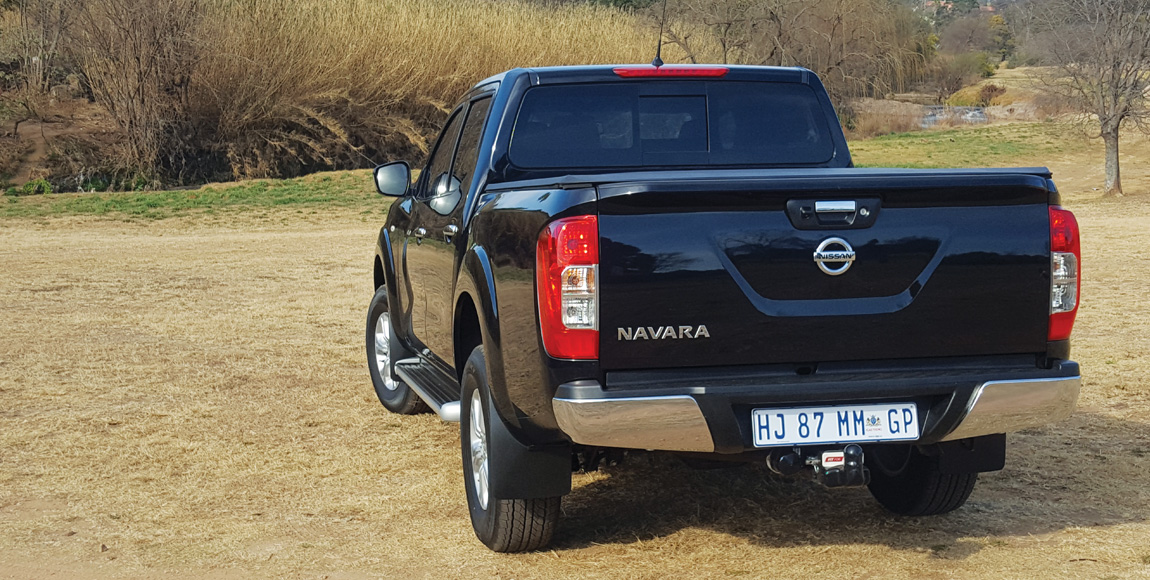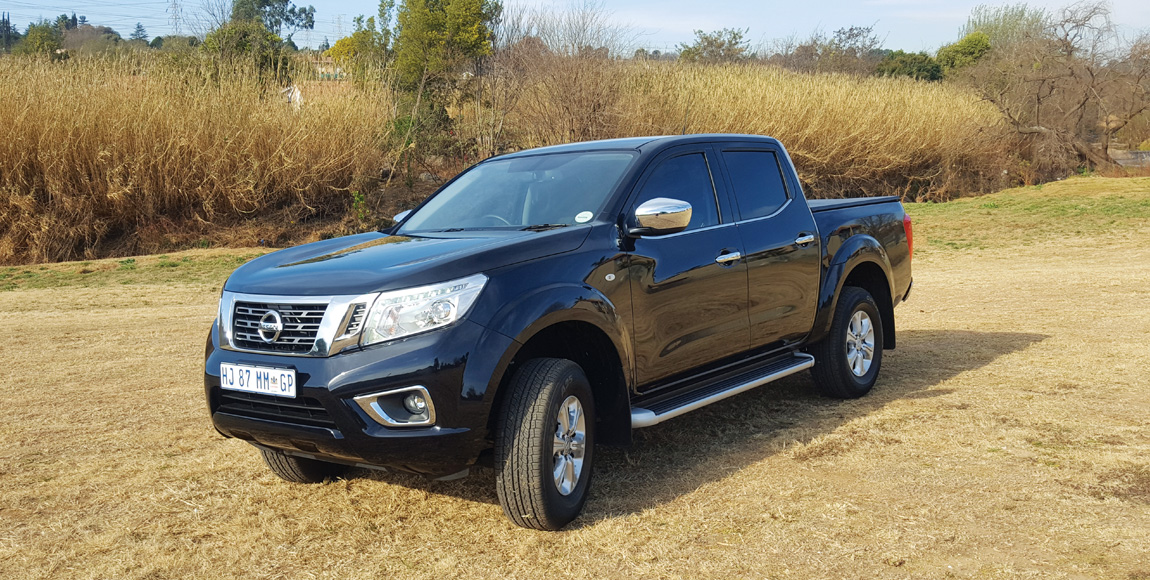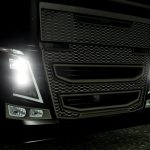Value low down

With new 4×2 derivatives, the Nissan Navara range has been expanded to appeal to more buyers. GAVIN MYERS drives the entry-level SE variant.
Originally launched locally in March 2017 with three 4×4 double-cab variants, Nissan South Africa must’ve been waiting with bated breath for its allocation of 4×2 Navaras – which it would only be able to introduce a year later. Happily, the range has now been expanded to the count of four, offering a fair mix of models from which to choose.
The 2.3D SE 4×2 manual, as tested here, is the new entry point to Navara ownership, but that doesn’t mean buyers will feel short changed when passing over their R461 900. In fact, unless you notice the 16-inch wheels with tall 70-section tyres, and the lack of roof rails, there’s not much else obvious to indicate this isn’t one of the upper-spec LE variants. There isn’t even any outward indication that drive goes only to the rear wheels.
Hop aboard and the differences are slightly more obvious. The key, for example, which needs to be pressed to open the car and then inserted into a barrel to start it – no keyless luxuries here. The air-conditioner is of the single-zone variety and there are no seat heaters – nor is there leather upholstery or power adjustment, for that matter.

However, that’s just about all you’d lose out on. The touchscreen infotainment system still offers navigation, as well as a reversing camera (though sans 360° view or reversing sensors). The headlamps are – I’m pleased to report – still LED units that provide excellent illumination, while all the other electronic safety systems still feature.
These include the likes of seven airbags, traction and vehicle dynamic control, and brake assist. There is also a brake limited-slip differential – handy considering the 4×2 does not feature the 4×4’s electronic rear diff lock, nor hill-descent assist or hill-start control. The latter is a feature I missed in everyday driving…
Speaking of which, the Navara does a fairly good job about town. The 2,3-litre twin-turbo diesel engine is retained. One thing that stuns me about this unit is its petrol-engine-like power delivery.

Its 140 kW might peak at 3 750 r/min, but it revs with verve to the indicated 4 500 r/min redline! Happily, there is still more than enough of the 450 Nm torque, available from just 1 500 r/min, to carry or tow.
Should you wish to do so, the Navara 4×2 SE offers a payload of 1 072 kg as well as gross vehicle and combination masses of 2 910 and 5 910 kg, respectively. The load box offers a capacity of 1 111 litres.
Back on the road, the cloth-covered seats are comfy enough, but could offer marginally more support. However I found the driving position awkward – and it’s not aided by the lack of steering-wheel reach adjustment and the six-speed manual’s long clutch travel.
Even riding on the SE’s fatter tyres, I’m still not convinced that the Navara’s famed five-link, coil-sprung rear suspension offers anything better than good ride comfort or chassis control. Refinement levels are good, though.
There’s no doubt that the new 4×2 variants make the Navara a more appealing, accessible option in the highly competitive double-cab bakkie market – this SE-spec version itself is a rather good entry into the range. It offers a good mix of features, a strong engine and butch image. However, the Navara is simply outshone by numerous key segment rivals.
It is sold with a strong six-year/150 000 km warranty and a three-year/90 000 km service plan.
Published by
Focus on Transport
focusmagsa




